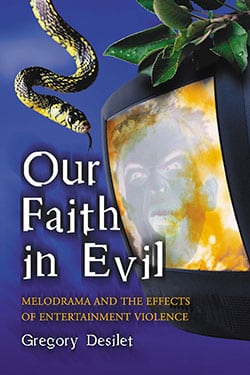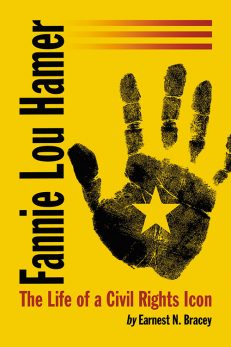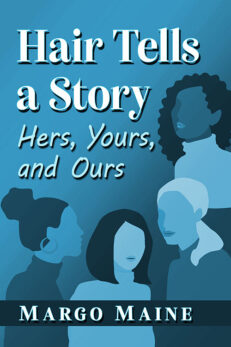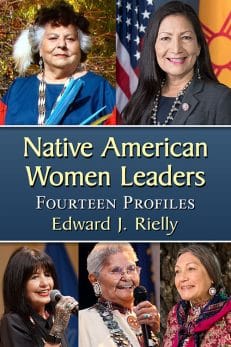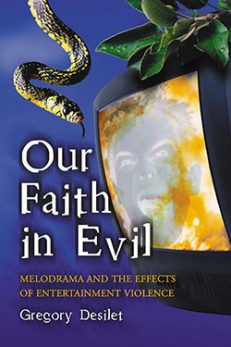Our Faith in Evil
Melodrama and the Effects of Entertainment Violence
Original price was: $39.95.$31.99Current price is: $31.99.
In stock
About the Book
Is violence in American cinema a reflection of life? Or does life imitate the violence people see in cinema? One of the pressing questions in today’s society is whether fictional portrayals of violence have social or psychological consequences. Studies have concluded with both “yes” and “no” verdicts. Is America a culture of violence? Why does violence, horror and melodrama appeal to people? This book explores these issues with primary focus on entertainment, especially film, through lenses of the media, the consumer, and the cultural backdrop. The film A Clockwork Orange allegedly spawned so much violence in the United Kingdom that director Stanley Kubrick was rumored to have fled with his family to avoid a death threat. From that classic case, the author takes readers through a study of media and violence that examines the structure of horror, the origin and nature of evil, the Greek mythic tradition, melodrama and catharsis, fairy tales, comic books, video games and real horror. In part two the author offers case studies in several genres: westerns, multi-melodrama (The Silence of the Lambs), slasher films, psycho drama, serials such as Star Wars and Harry Potter, apocalyptic melodrama, modern and postmodern noir, creature features and religious melodrama. In-text citations are included, and two notes expand on a couple of issues in the text—the perspectives of Plato and Aristotle on the effects of tragic drama, and discussion of differences of opinion relating to methodological approach.
About the Author(s)
Bibliographic Details
Gregory Desilet
Format: softcover (6 x 9)
Pages: 356
Bibliographic Info: photos, appendices, bibliography, index
Copyright Date: 2006
pISBN: 978-0-7864-2348-4
eISBN: 978-1-4766-0765-8
Imprint: McFarland
Table of Contents
Acknowledgments vii
Preface 1
Introduction: Ultraviolence and Beyond 5
PART I : ARGUING THE CASE
1. Fictional Horror 33
2. The Troubling, Doubling Self 41
3. Inside the Doppelgänger 51
4. The Origin of Evil 58
5. The Nature of Evil 67
6. Tragic Myth and the Origin of Evil 76
7. Alternative Applications of Greek Mythic Tradition 89
8. Metaphysical Horror 96
9. Violence and Melodrama 104
10. Catharsis and Melodrama 110
11. Catharsis Reconsidered 115
12. Melodrama and Fairy Tales 127
13. Comic Books and Video Games 142
14. Real Horror 153
15. The Melodramatization of American Culture 165
16. Whence and Whither: Conclusions and Recommendations 200
PART II : ILLUSTRATING THE CASE
17. The Western as the American Myth 213
18. Multi-Melodrama: The Silence of the Lambs 234
19. The Slasher Horror Genre Since Psycho 240
20. Psycho(melo)drama: Raging Bull and Taxi Driver 256
21. Epic/Serial Melodrama: Star Wars, Harry Potter, and Lord of the Rings 265
22. Apocalyptic Melodrama: The Terminator and The Matrix 276
23. Modern “Noir” Melodrama: Bonnie and Clyde 288
24. Postmodern “Noir” Melodrama: Pulp Fiction 299
25. The Creature Feature: Jaws versus Moby Dick 306
26. Religious Melodrama: The Passion of the Christ 310
Appendix 1: Effects of Tragic Drama: Plato versus Aristotle 317
Appendix 2: Methodology 324
Bibliography 329
Index 339

